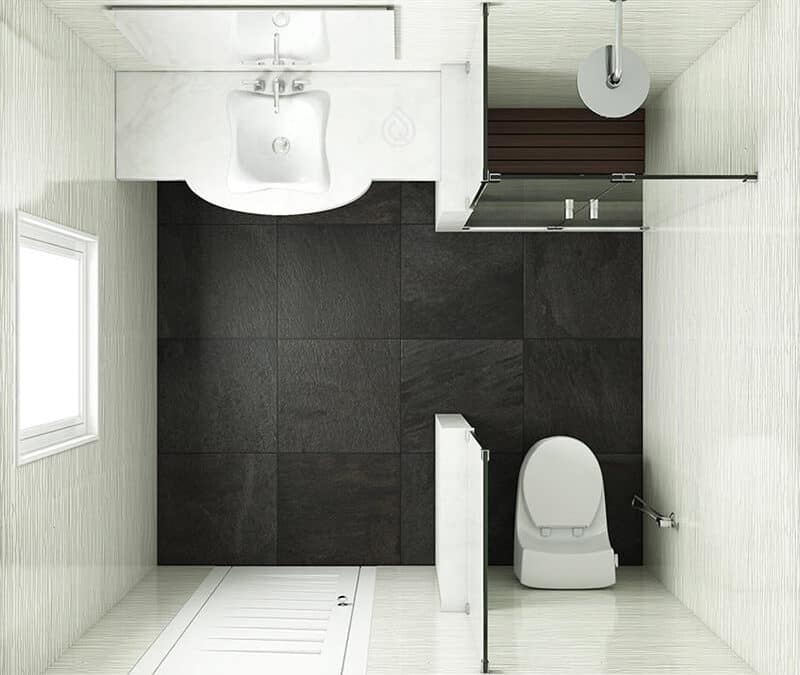The appearance of your bathroom is just as important as its function, and that’s why selecting the right bath panel is vital. A quality bath panel can enhance your bathroom’s look while hiding unsightly pipes, fixtures, and other plumbing components. But it’s easy to make common mistakes when choosing a bath panel that could end up costing you money and causing regrets in the long run.
Most bath panels are made of wood, acrylic, or metal. Each material has pros and cons, so it’s important to do your research before deciding. Wood offers classic styling and warmth but requires more maintenance than other materials. Acrylic provides durability and is relatively inexpensive, but it can become scratched and discoloured if not properly cared for. Metal can be highly durable and is often the most affordable option, but it may offer a different aesthetic appeal than other materials.
Here are some ways to avoid these seven common mistakes when choosing a bath panel:
1. Think About Height and Design
The height of your bath panel will determine your bathroom’s overall aesthetic appeal and function. Make sure to measure the desired height before purchasing your panel to get the most out of it. Also, consider if the design of your panel should match or contrast with other fixtures in the room for a more cohesive look.
2. Consider Your Plumbing
Before installing a bath panel, you must consider your existing plumbing configuration, as the panel may need to fit around existing pipes and fixtures. Make sure to measure out accurately so your chosen panel can be installed without disruption.
3. Don’t Buy Cheap Panels
Low-quality panels are prone to cracking and warping and may need to be replaced sooner than expected. Investing a little more in your panel can save you money in the long run, so opt for high-quality materials that will last.
4. Choose an Appropriate Fitting
Choosing the wrong type of fitting for your bath panel can lead to leaks and other water damage. Make sure to choose a fitting that is designed for the material of your panel and can be securely attached to the wall.
5. Avoid Unnecessary Complexity
Some bath panels can be very intricate, with numerous grooves and cutouts. While they may look aesthetically pleasing, these features often need to be revised and could lead to excessive cleaning and maintenance.
6. Check for Installation Requirements
Many bath panels require additional components for installation, such as silicone sealant or mounting brackets. Be sure to check and purchase these items before you start the installation process.
7. Consider Professional Installation
Mistakes made while installing a bath panel can be costly, so it’s best to consider getting a professional plumber to install your panel. This will ensure that the job is done correctly and without leaks or other issues.
8. Take Time to Compare Quality Ratings
Not all bath panels are created equal, so compare quality ratings and customer reviews before making a final decision. This can help you get the best value for your money and choose a panel that will last for years.
By considering factors such as height, design, plumbing configuration, and quality ratings, you can make sure that you select a bath panel that is both aesthetic and functional. Additionally, it’s best to seek professional help if you need more confidence with the installation process.

Recent Comments